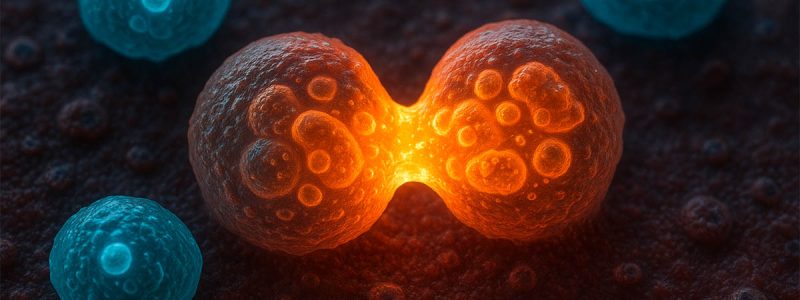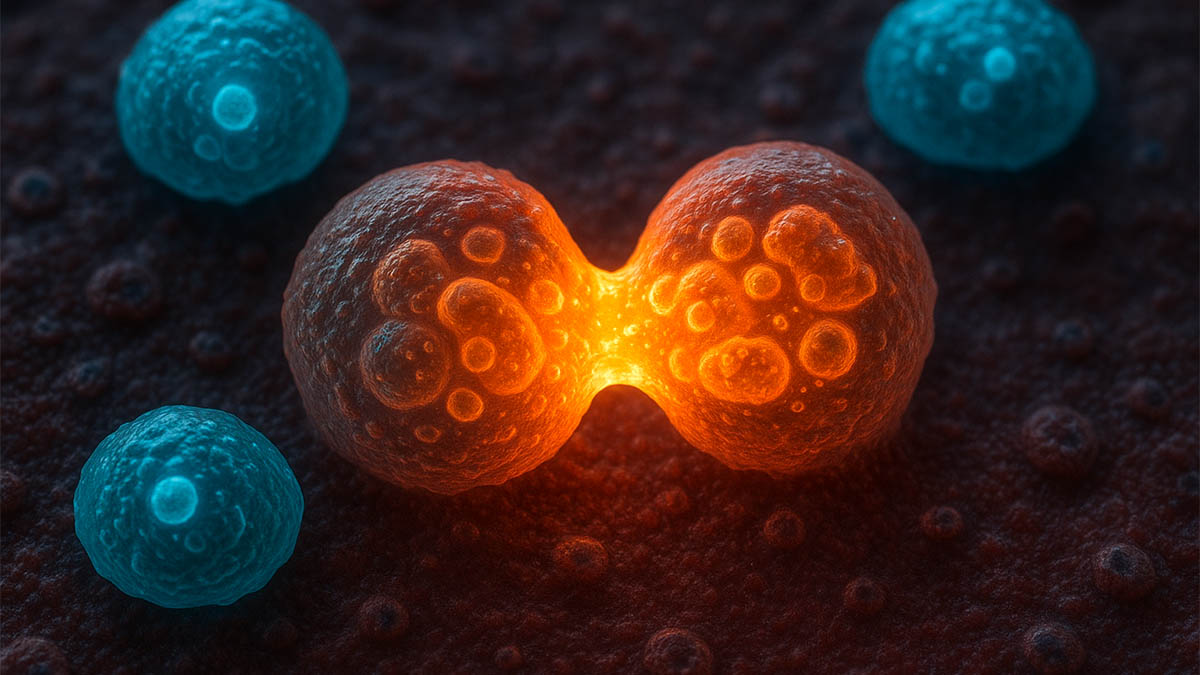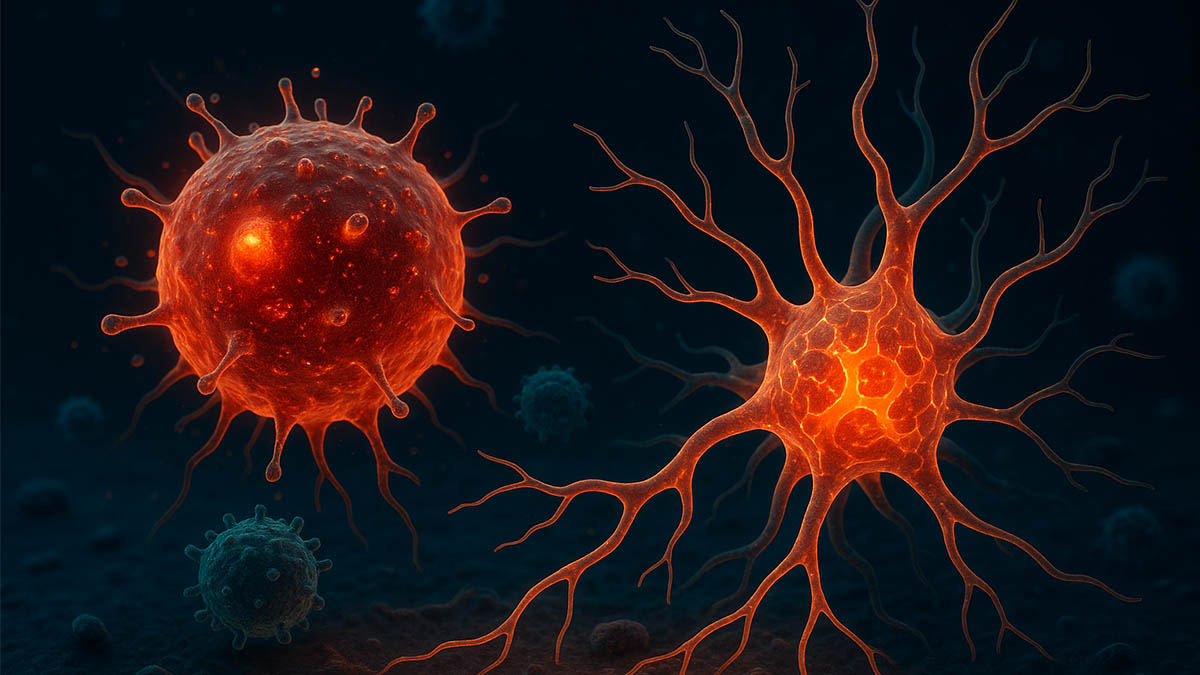Hair loss affects millions globally, impacting self-esteem and quality of life. Patients today have access to both conventional surgical solutions and emerging regenerative therapies. Understanding stem cell vs hair transplant allows patients to make informed choices based on goals, cost, safety, and long-term expectations.
Mechanisms of Hair Regeneration: Hair Transplant
Hair transplantation is a surgical procedure that redistributes existing follicles from donor areas (usually the occipital scalp) to areas of thinning or baldness. Common techniques include:
- Follicular Unit Extraction (FUE): Individual follicles are harvested and implanted with minimal scarring.
- Follicular Unit Transplantation (FUT): Strip harvesting allows larger graft yields but leaves a linear scar.
Transplantation provides immediate coverage and natural growth patterns but does not generate new follicles.
Stem Cell Therapy
Stem cell therapy aims to regenerate hair follicles or enhance the function of dormant follicles:
- Mesenchymal Stem Cells (MSCs): Anti-inflammatory and regenerative properties; often derived from adipose tissue or bone marrow.
- Induced Pluripotent Stem Cells (iPSCs): Reprogrammed adult cells to generate hair follicle progenitors.
- Mechanism: Stem cells modulate local signaling, stimulate dormant follicles, and support tissue regeneration.
Stem cell therapy offers potential for follicle neogenesis but results are gradual and dependent on cellular biology, patient age, and hair loss severity.
Efficacy Comparison
| Feature | Hair Transplant | Stem Cell Therapy |
|---|---|---|
| Immediate Results | Yes, with transplanted follicles | No, regrowth gradual over months |
| Natural Hairline | High precision | Moderate, still experimental |
| Longevity | Permanent if donor hair is viable | Potentially long-term, research ongoing |
| Suitable Patients | Individuals with sufficient donor hair | Early hair loss, thinning, or diffuse alopecia |
| Regulatory Status | FDA-approved standard surgical procedure | Experimental, limited FDA approval |
Hair transplantation remains the gold standard for immediate and predictable coverage, whereas stem cell therapy offers future potential for regenerating follicles and enhancing scalp health.
Cost Considerations
Hair Transplant
- FUE (1,500–3,000 grafts): $6,000–$15,000 in the U.S.
- FUT (2,000–3,500 grafts): $5,000–$12,000
- Cost influenced by clinic reputation, graft quantity, and surgeon expertise
Stem Cell Therapy
- Autologous MSC treatment: $10,000–$25,000
- Allogeneic MSC treatment: $15,000–$30,000
- Costs vary with cell source, delivery method, and number of sessions
While hair transplantation has a one-time cost, stem cell therapy may require multiple sessions and ongoing monitoring.
Hair Transplant
- Mild swelling and redness post-procedure
- Rare folliculitis or minor scarring
- Shock loss in surrounding hair possible
Stem Cell Therapy
- Injection site reactions or mild fever
- Immune responses for allogeneic cells
- Limited long-term efficacy data
- Experimental therapies carry inherent uncertainties
Both procedures should be performed in accredited clinics with experienced clinicians to minimize risks.
Recovery and Timeline
| Feature | Hair Transplant | Stem Cell Therapy |
|---|---|---|
| Recovery Time | 7–14 days for initial healing | Minimal downtime for injections |
| Visible Results | 3–6 months | 4–12 months |
| Full Results | ~12 months | Ongoing, dependent on cell engraftment |
| Maintenance | Occasional touch-ups if donor area insufficient | Potential repeated treatments |
Hair transplant provides predictable recovery and visual results, while stem cell therapy involves a longer timeframe for regenerative effects to manifest.
| Category | Stem Cell for Hair Growth | Hair Transplant |
|---|---|---|
| Definition | A regenerative treatment that uses autologous or allogeneic stem cells to stimulate dormant hair follicles and promote natural hair regrowth. | A surgical procedure that relocates hair follicles from a donor area (usually the back of the head) to bald or thinning areas. |
| Procedure Type | Minimally invasive; involves microinjections of stem cells or stem cell-derived exosomes. | Surgical; involves follicular unit extraction (FUE) or follicular unit transplantation (FUT). |
| Ideal Candidates | Individuals in early to moderate stages of hair loss who still have active follicles. | Individuals with significant hair loss or baldness and sufficient donor hair. |
| Results Timeline | Gradual results over 3–6 months as follicles regenerate and hair thickens. | Visible results within 6–12 months after graft survival and growth. |
| Durability of Results | Depends on ongoing follicular health; maintenance sessions may be needed. | Long-lasting; transplanted hair is usually permanent. |
| Downtime | Minimal; most patients resume normal activities within 24–48 hours. | Moderate; requires a few days to a week of recovery and wound healing. |
| Scarring | No visible scarring due to non-surgical nature. | Minor scarring may occur at donor sites, especially with FUT. |
| Pain Level | Mild discomfort; typically no anesthesia required. | Local anesthesia; mild post-surgery soreness or swelling. |
| Risk Factors | Very low; primarily mild redness or tenderness at injection sites. | Potential for infection, graft failure, or unnatural hairline if poorly executed. |
| Scientific Approach | Uses regenerative medicine to enhance natural follicle activity and scalp health. | Relocates healthy follicles to restore density mechanically. |
| Maintenance | May require follow-up sessions every 6–12 months for optimal stimulation. | Usually no additional sessions needed unless further loss occurs. |
| Cost Range (U.S.) | $3,000 – $8,000 per session depending on clinic and technology. | $5,000 – $15,000 per procedure depending on grafts and technique. |
| Pain & Recovery | Low pain, short recovery, no stitches or bandages. | Moderate pain, longer recovery, stitches may be required. |
| Natural Appearance | Improves overall density and scalp vitality; natural progression. | Highly natural if performed by skilled surgeon; results immediate in restored area. |
| Innovation Level | Cutting-edge regenerative therapy; still evolving in long-term research. | Established surgical method with decades of refinement. |
| FDA Status (U.S.) | Stem-cell-derived exosome treatments are under regulatory review; autologous PRP-stem cell combos are allowed. | Fully regulated surgical procedures with standardized guidelines. |
| Suitability for Women | Excellent option for women with diffuse thinning. | Limited applicability depending on donor availability and hairline design. |
| Combination Potential | Can be combined with PRP, microneedling, or low-level laser therapy. | Often complemented by PRP for post-transplant healing. |
| Overall Goal | Rejuvenate existing follicles and delay progression of hair loss. | Replace lost hair permanently through transplantation. |
Hair Transplant
- Adequate donor hair required
- Stable pattern of hair loss
- Preference for immediate results and natural hairline
Stem Cell Therapy
Goal of regenerating existing follicles and promoting scalp health
Early-stage thinning or diffuse hair loss
Willingness to participate in experimental protocols
Advantages and Limitations: Hair Transplant
Advantages:
- Immediate aesthetic improvement
- High predictability
- Permanent if donor follicles are healthy
Limitations:
- Limited by donor hair availability
- Surgical procedure with minor risks
- Does not stimulate new follicle formation
Stem Cell Therapy Advantages:
- Potential for follicle regeneration
- Non-surgical, minimally invasive
- May improve scalp health and slow future hair loss
Limitations:
- Experimental with limited FDA approval
- Gradual results
- Higher costs and potential need for multiple treatments
Integration of Therapies
Some advanced clinics explore combined approaches:
- Hair transplantation for immediate density
- Adjunct stem cell therapy to enhance follicular survival and scalp regeneration
- PRP co-administration to stimulate growth and reduce inflammation
This hybrid approach may offer both immediate coverage and long-term follicle health.
Geographic Considerations
Stem cell therapies are more accessible in countries like Mexico, Tijuana, and other medical tourism hubs, where cost is lower and specialized clinics offer international patient services. Hair transplantation, however, is widely available in the U.S. with established safety profiles.
Should I choose stem cell therapy or a hair transplant for hair loss?
Choice depends on goals: hair transplant offers immediate, reliable results with permanent coverage, while stem cell therapy is experimental, aiming to regenerate follicles and improve scalp health over time. Patients may also consider a combined approach.
Understanding stem cell vs hair transplant allows patients to make informed decisions about hair restoration. Key takeaways:
- Hair transplantation provides immediate, predictable, and permanent coverage
- Stem cell therapy is experimental but offers regenerative potential and scalp health benefits
- Costs, safety, and patient goals should guide treatment choice
- Hybrid approaches may optimize both immediate and long-term outcomes
With ongoing research, stem cell therapy may complement or even redefine traditional hair restoration approaches in the coming years.
Stem cell vs hair transplant offers distinct solutions for hair restoration. While transplantation provides immediate, predictable results, stem cell therapy aims to regenerate follicles and improve scalp health over time. Combining both may provide the most comprehensive outcome. Future trends include exosome therapy, AI-guided treatment, and regenerative combination protocols.


